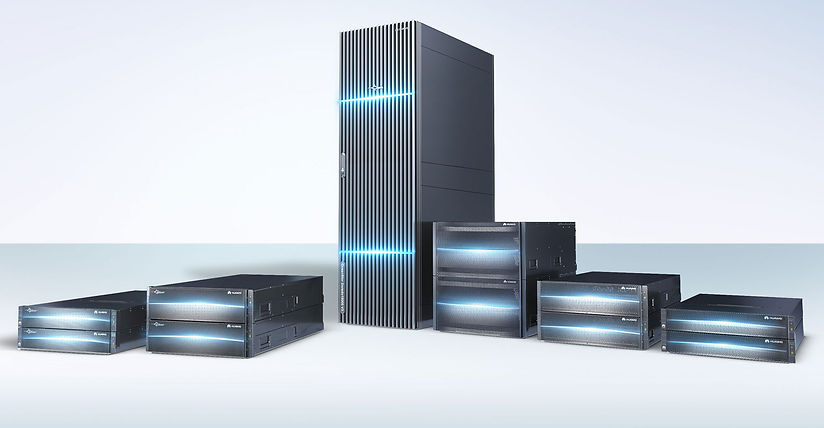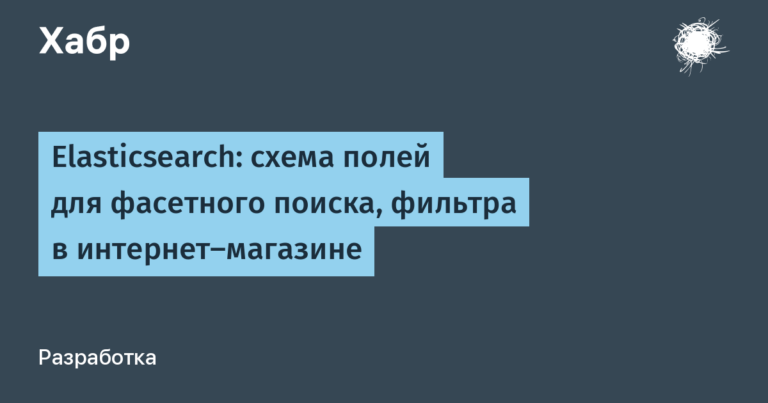Huawei has developed a “magnetoelectric” drive. What kind of drive is this and how does it work?

Over the past couple of years, many companies and scientific organizations have introduced various types of new or modified old storage media. These include quartz glass, very capacious tape drives, and
even DNA-based carriers
. However, other developments appear regularly.
And not only from startups or small teams of scientists. For example, Huawei has created a new type of drive, which, according to its representatives, can easily replace both a hard drive and magnetic tape. According to Huawei, the drive is very energy efficient and also very capacious. Details are under the cut.
What kind of development is this?

Huawei, despite US sanctions, is developing not only new chips, but also new technologies and devices. The drive we are talking about now is called OceanStor Arctic – for now this is just the working name of the project. There is not much information, but Huawei said that the base is magnetoelectric disks. According to company representatives, this technology can become a replacement for many existing data storage systems. True, under the only condition – if the corporation can establish mass production. The problem, as far as one can understand, is that all this is
and it will not be possible to quickly commercialize the development.
Now Huawei has revealed a little more informationthan at the technology exhibition World Congress 2024 at the end of February 2024. And just in a new piece of information about the new product, the development team announced that the drive is planned to be used as a more technologically advanced replacement for traditional media.
A huge advantage of OceanStor Arctic is its low power consumption, which is approximately 90% lower than that of hard drives. Accordingly, this is a big plus for corporate customers, in particular data center operators, who are constantly looking for ways to reduce the energy consumption of their facilities. In addition, another plus is a 20% reduction in operating costs, here Huawei already compares its technology with magnetic tapes.
Experts decided to figure out what these same magnetoelectric disks are. Most likely, they decided, inside a standard Huawei drive there are magnetic plates with tracks. Perhaps they rotate in the same way as the hard drive plates. But what kind of plate coating components are used is unclear. In addition, experts strongly doubt that it is possible to reduce energy consumption by 90% at once – perhaps this is a purely theoretical minimum figure that will never be achieved.
Unfortunately, the amount of information provided by Huawei is small. Judge for yourself – according to company representatives, the power consumption of a 42U rack with magnetoelectric drives is only about 2 kW. This is extremely little, despite the fact that the total capacity of drives in such a rack is about 10 petabytes. In general, there is no particular revolution here, because if we take the new models of 30 TB drives from Seagate, then the capacity and power consumption indicators will be similar – the volume of such storage, a 42U rack, will be 8.64 PB of data, with a total power consumption of about 3 kW.
It is also known that Huawei development – not just a concept, but a really working device. Such media should go on sale in the first half of next year.
It is reported that the first models of devices are planned to be used as a tool for data storage – just instead of tape drives, which were mentioned above.
Not Huawei alone

As mentioned above, there are other developments regarding new types of drives. For example, the Chinese presented a modern version of a laser disc with a capacity of 200 TB. It was developed by a group of scientists and the University of Shanghai for Science and Technology, China. For quite a long time they were looking for a way to increase the capacity of a laser disk, and it seems that they found it. Of course, this kind of storage media can be used only in a limited number of industries, but they clearly will not be useless.

To increase the recording density, the researchers managed to place one hundred recording layers on each side of the disc (for comparison, Blu-Ray has only four). This was made possible by a combination of highly transparent photoresist film and a femtosecond laser. In addition, the film is doped with a special emissive dye. under the influence of a laser it freezes, forming “tracks” with recorded information.
According to team representatives, the disc will also be durable – it can be read 50-100 years after recording. And due to the size, which is identical to regular DVDs, the discs will fit anywhere and everywhere.

There are also exotic drives. For example, a prototype of an archival storage medium from Cerebyte. It is designed to solve all of the above problems with a material that is high capacity, fast, low cost and can last thousands of years. The device has a glass substrate – a small square or flexible strip of Gorilla Glass or Corning, on which layers of ceramic are applied with a thickness of 50 to 100 atoms.
Data is recorded onto the ceramic coating using femtosecond laser pulses. One pulse records 2,000,000 bits of information. Plates for writing are planned to be stored in robotic storage in standard 19-inch modules, and for reading, high-resolution microscopes are required. The stored information will be an array of microdots that can be visually compared to a QR code. To increase capacity, the device can be double-sided and can only be read or written, but not modified.
In general, it would not be bad if some of the new developments took off. Perhaps in this case it would be possible to achieve a qualitative improvement in drives – increasing their capacity, reliability and power consumption. Ideally, for both corporate and consumer devices.
Read also

![[Анонс] Advent of Code 2020: we solve together with the contour developers](https://prog.world/wp-content/uploads/2020/11/51b47541bcc11329e5f99fa210a2c425-768x289.png)

